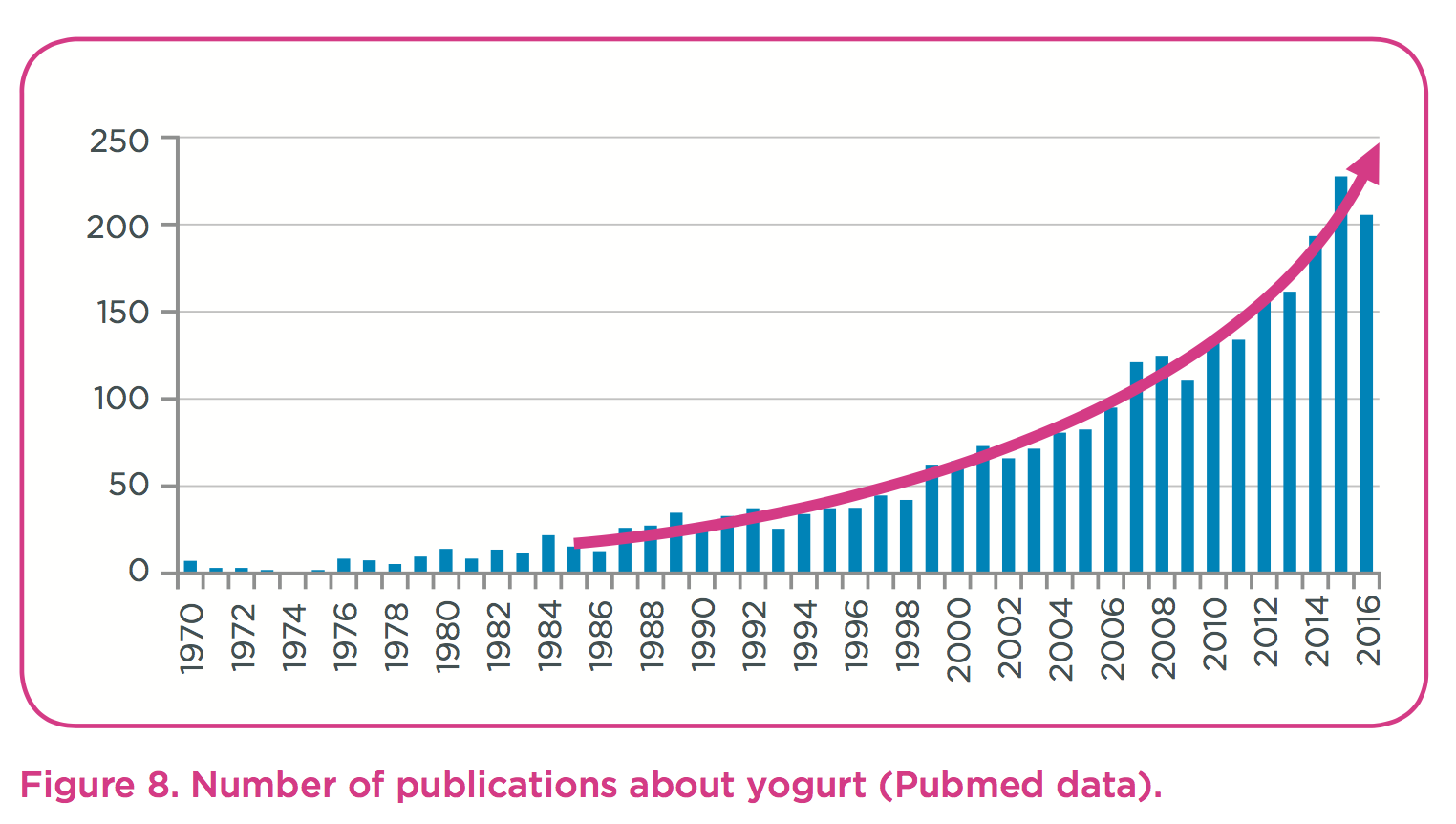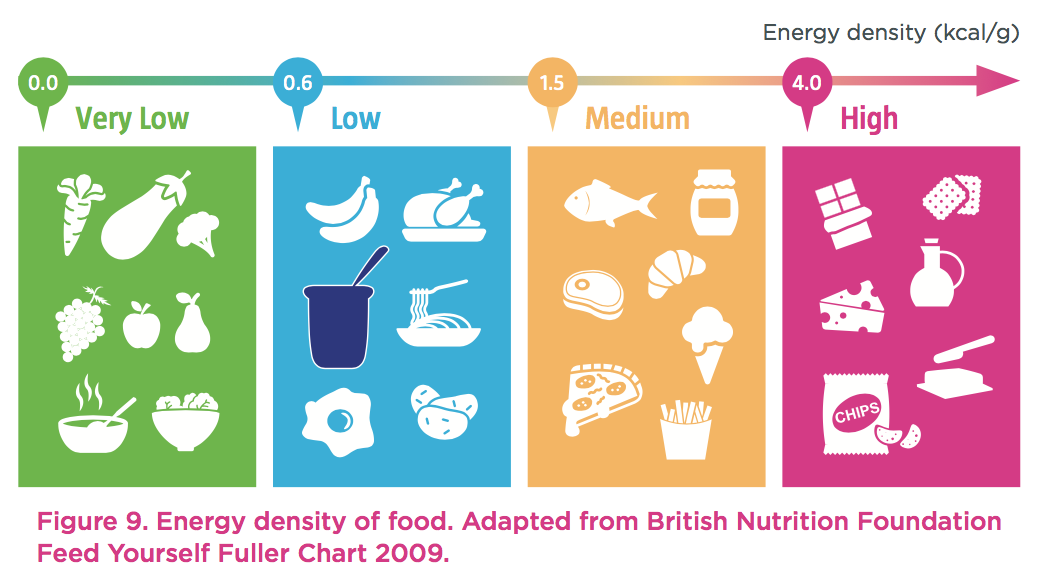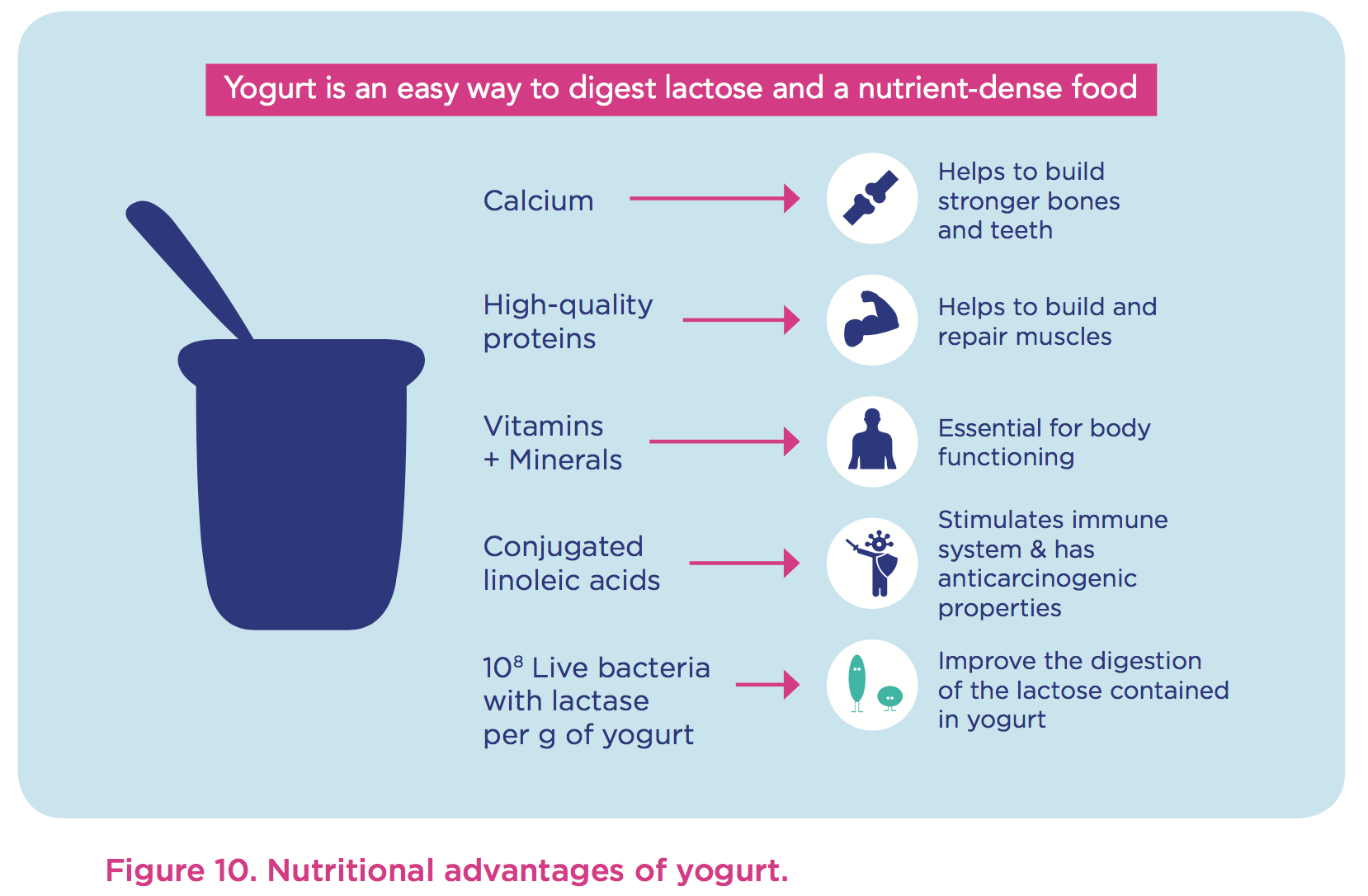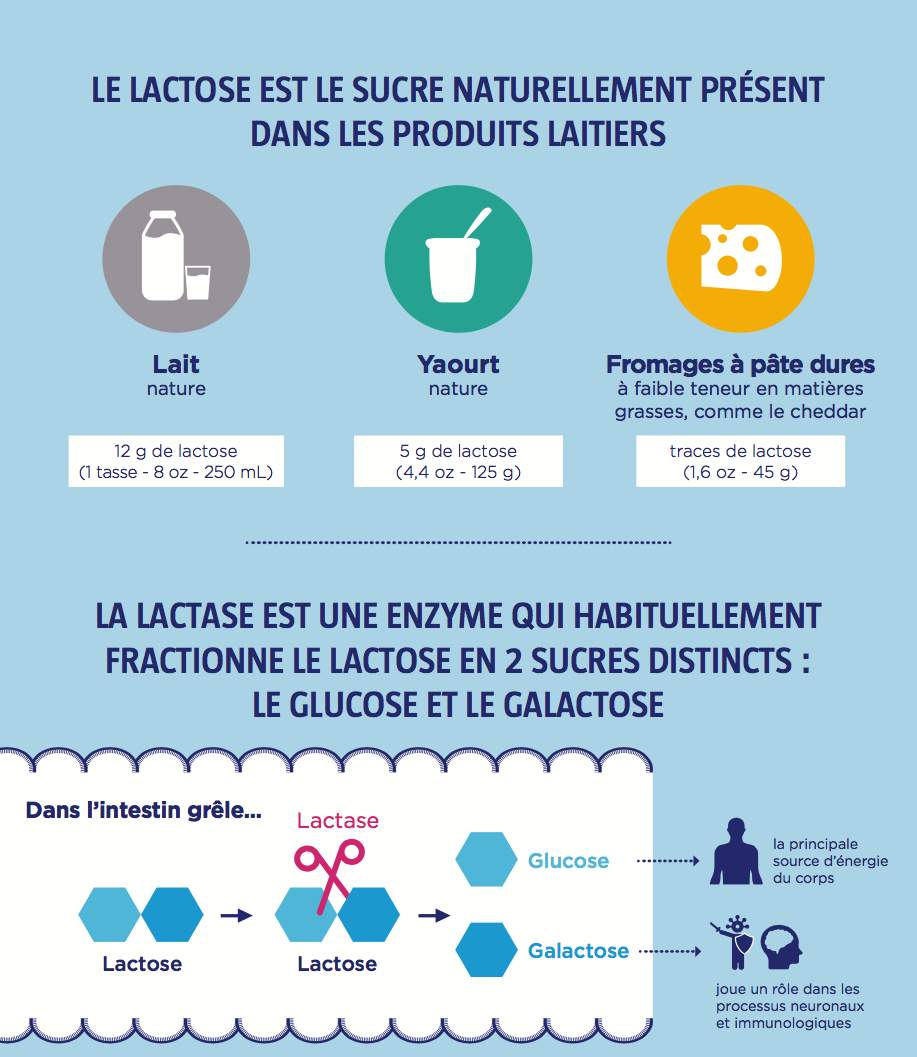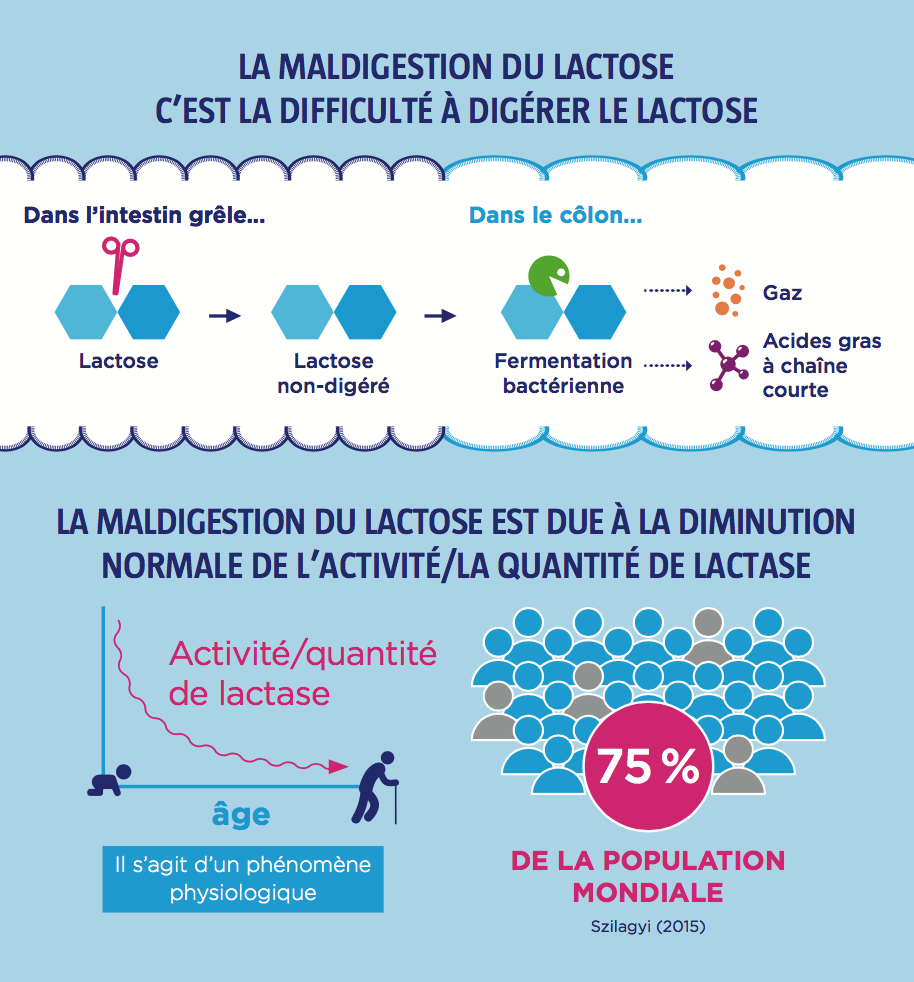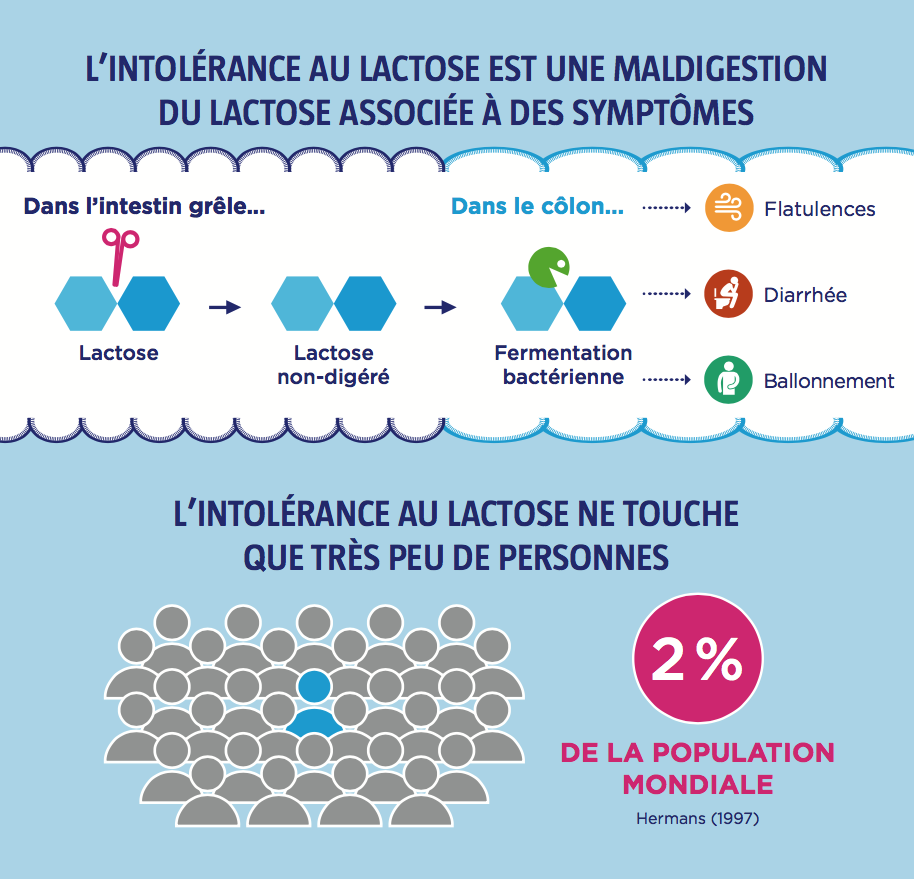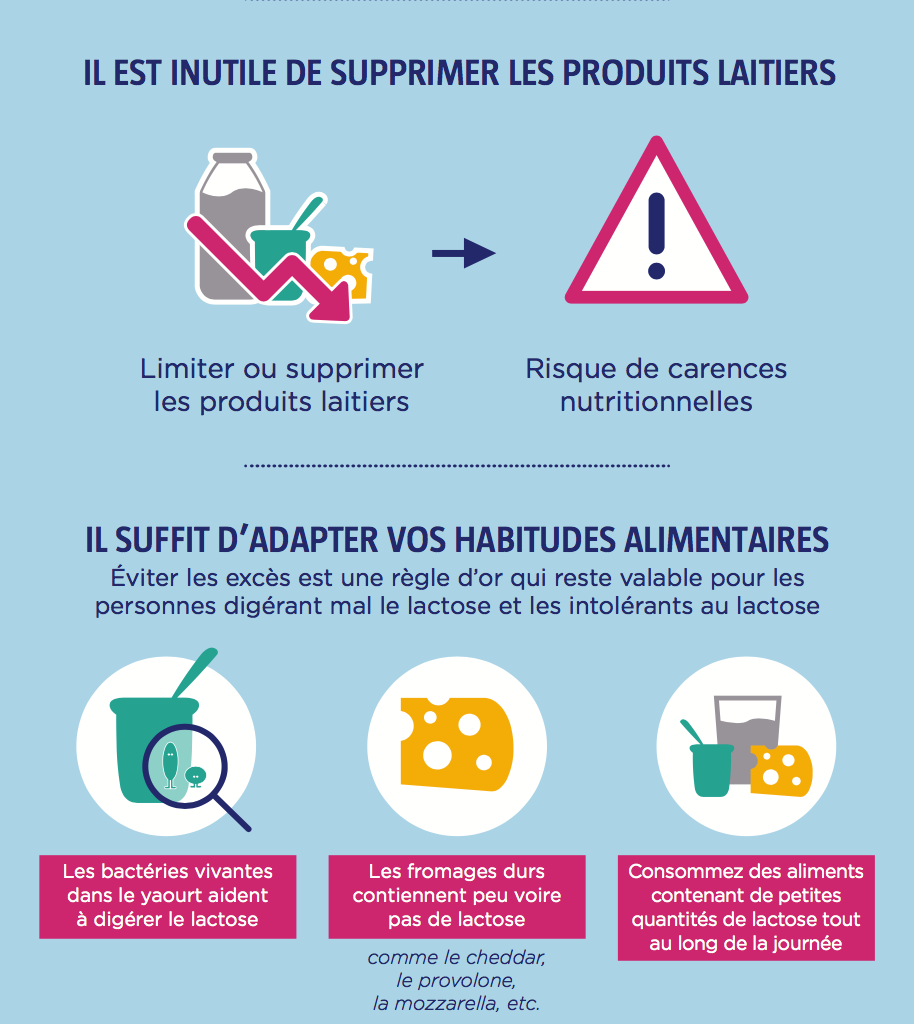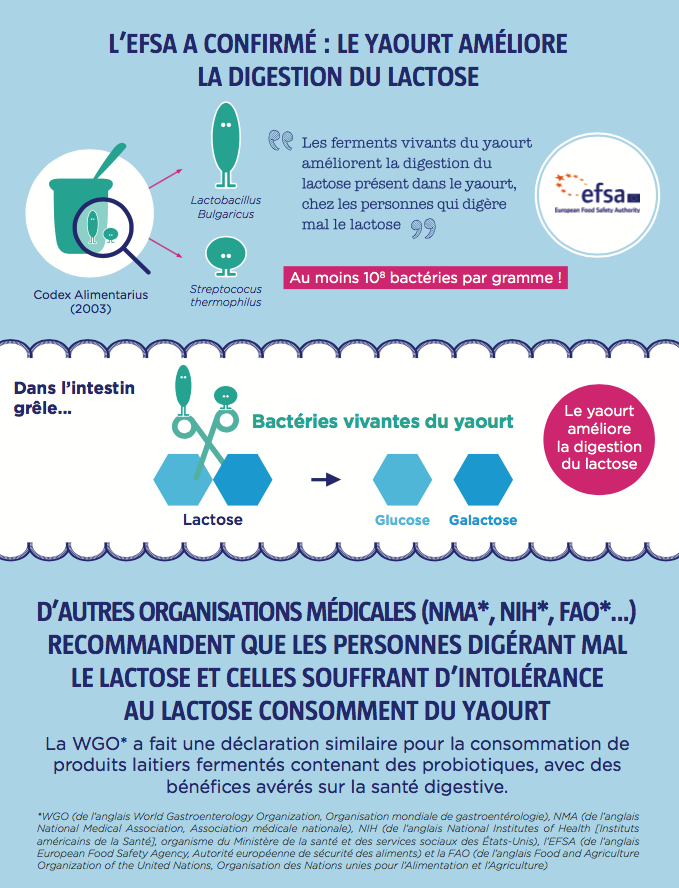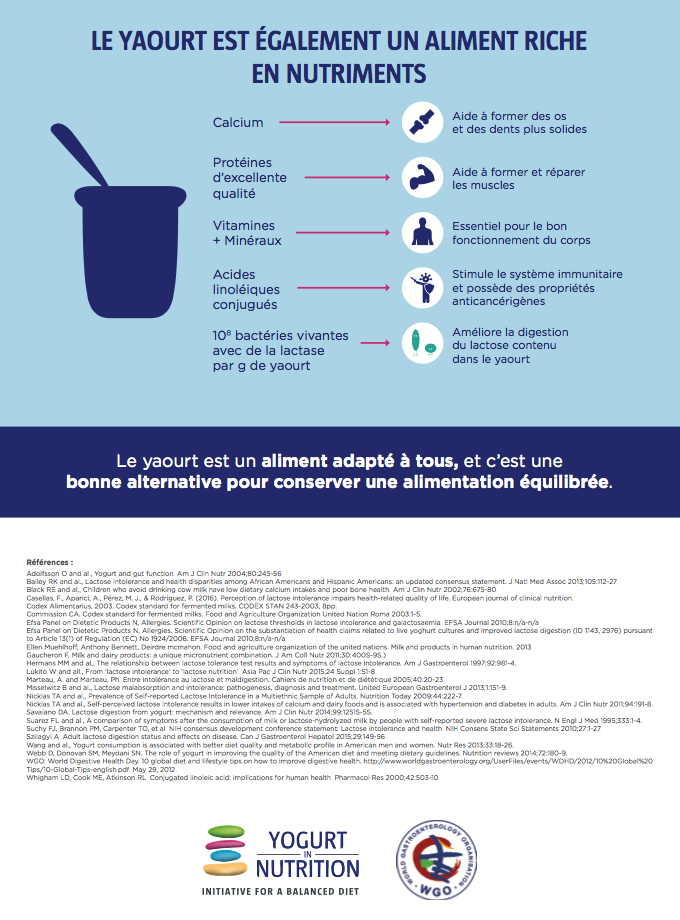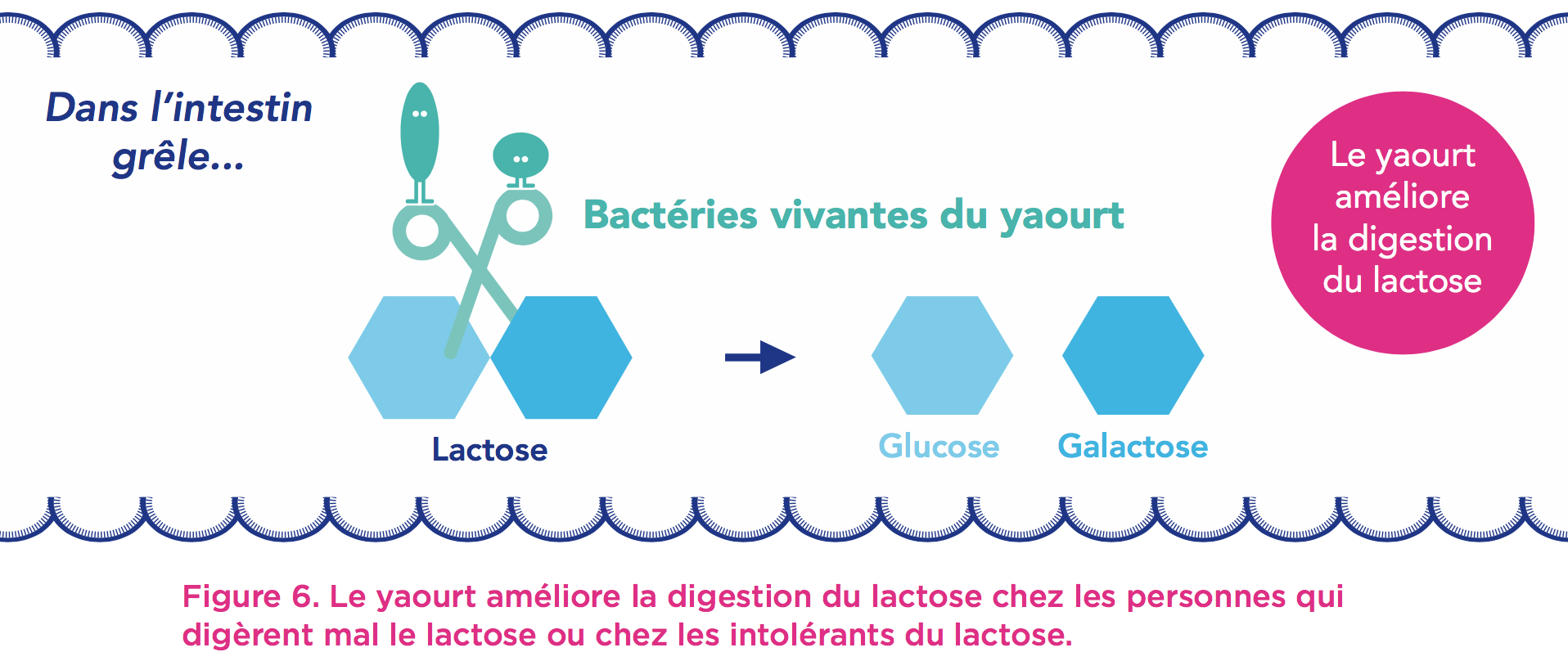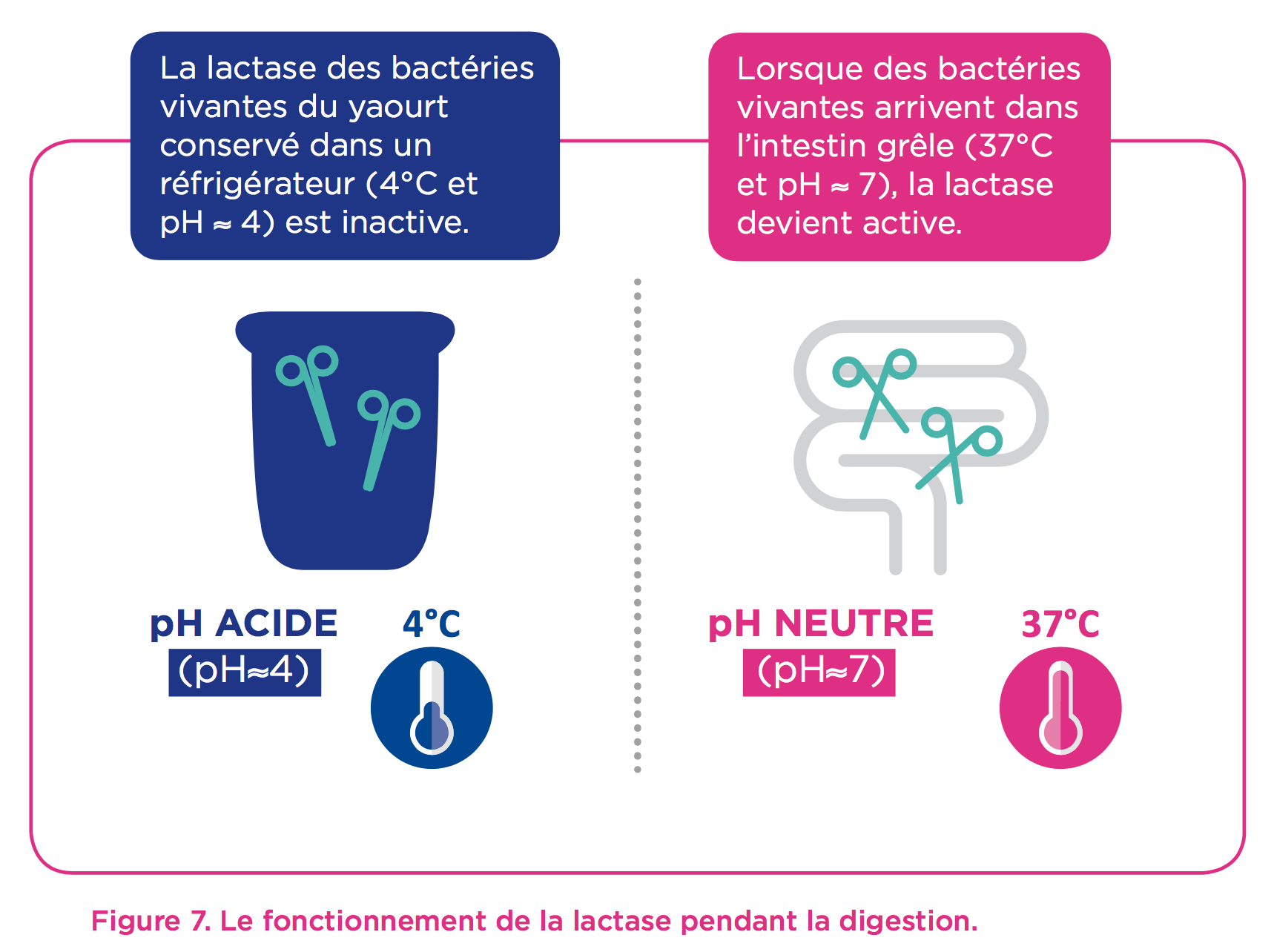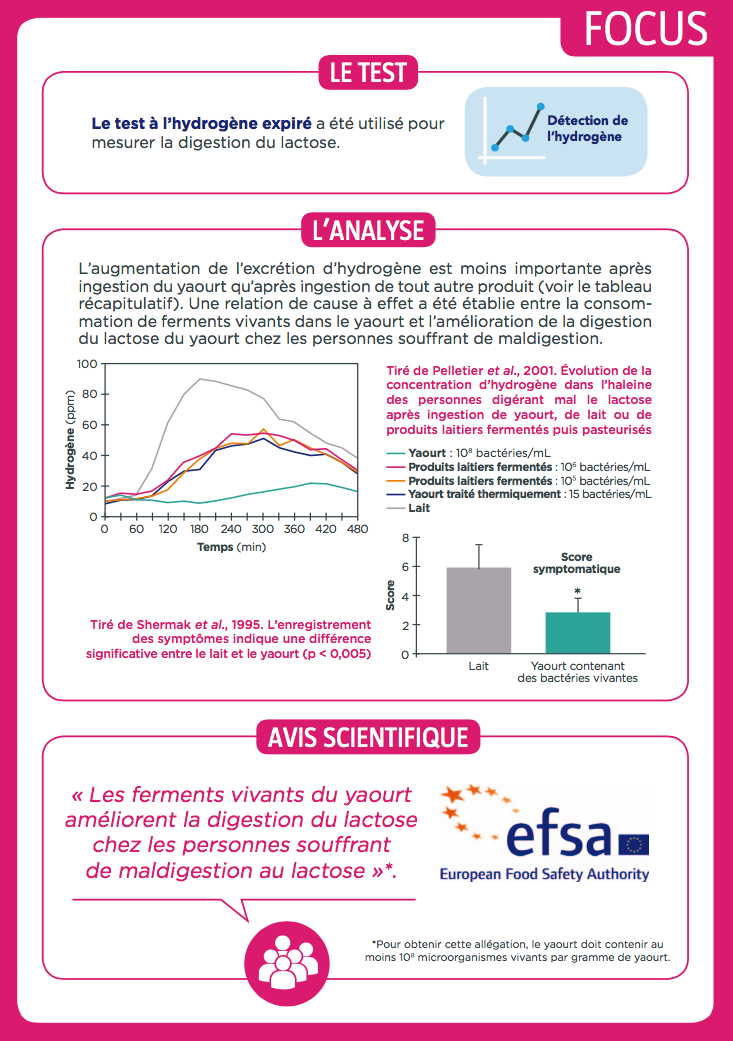Encouraging the older generation to eat more yogurt could be a valuable public health strategy for maintaining strong bones, say the authors of this large-scale Irish study. Their results revealed that among older adults, those who eat yogurt more often tend to be less frail and have better physical function than those who rarely eat yogurt.
Weak and fragile bones are characteristic of osteoporosis, an increasingly common condition around the world. In the EU, osteoporosis with its associated risk of bone fracture, affects 21% of women and 6% of men aged 50-84 years.
Dairy products are among the richest sources of nutrients that are important for healthy bones – including protein, calcium, magnesium and the B vitamins. Previous studies have shown that dairy intake is positively linked to bone health.
In this study the authors examined the link between yogurt consumption and bone mineral density (BMD), biochemical markers of bone health, and physical function. They used data from 4310 people aged over 60 years who took part in the Trinity, Ulster, Department of Agriculture aging cohort study (TUDA).
High yogurt consumers have stronger bones
Among the women in the study, those who ate yogurt often (more than once per day serving) had stronger bones; their total hip and femoral neck BMD were 3.1-3.9% higher than in those who rarely or never ate yogurt (less than once per week serving).
In men, high yogurt consumers were found to have 12.9% higher mean vitamin D concentrations than non-consumers, and a 9.5% lower level of Trap 5b, a marker of the number of osteoclasts – bone cells involved in maintenance and repair of bone.
Physical function is associated with yogurt consumption
Compared with non-consumers, women who often ate yogurt had a lower ‘Timed Up and Go’ (TUG) score – the time it took to get up from a chair, walk 3 metres, then walk back and sit down again. TUG is a measure of mobility with worse scores associated with weaker muscles and balance, both risk factors for falling in older adults.
Osteoporosis risk may be cut by more than one-third
Using statistical modelling, the authors found that increasing yogurt intake was a significant predictor of bone health. Each increase of one serving per week of yogurt intake was associated with a 39% lower risk of osteoporosis in women and a 52% lower risk in men.
Yogurt benefits stand out among dairy products
When they looked at the other dairy types (milk and cheese), the authors found that bone biomarkers and BMD were similar regardless of how often participants drank milk, although TUG scores were lower in the non-milk consumers than the high consumers. The frequency of cheese intake made no significant differences to any of the measures.
According to the authors, the potential for yogurt to promote bone strength and physical function may be due to its unique mixture of macro- and micronutrients with bioactive compounds. It contains high concentrations of bone-promoting vitamins and minerals that have been associated with reduced frailty. It also contains proteins, bioactive peptides, and bio-cultures that may contribute to maintaining healthy bones and muscles during aging.
The authors point out that, if their results are confirmed, increasing yogurt consumption could be a low-cost and relatively low-risk strategy to improve bone health, used together with bone treatment.
Find out more: read the original article.
Source: Laird E, Molloy AM, McNulty H et al. Greater yogurt consumption is associated with increased bone mineral density and physical function in older adults. Osteoporos Int. 2017;28(8):2409-2419.










